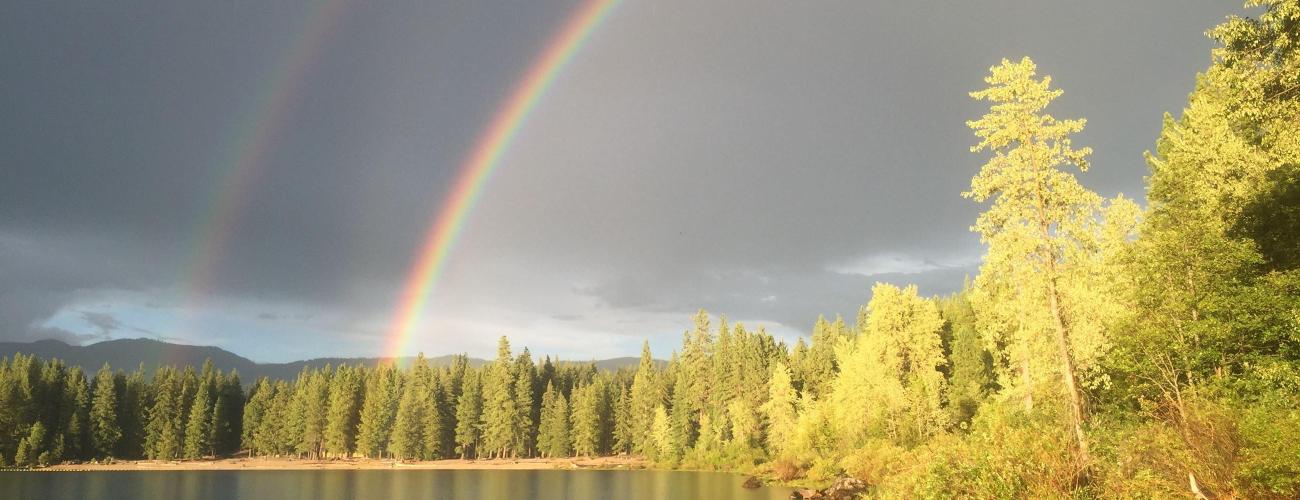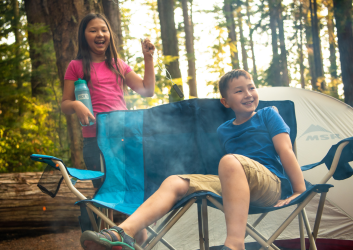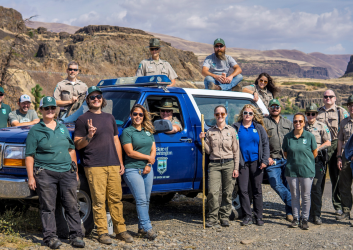Don't let the rain dampen your tent-camping spirit
Locals and visitors love western Washington for its rivers, forests, lakes and… rain.
OK, it’s easy to groove to the pitter-patter of PNW precip when you’re holed up at home. But it takes a special soul to love camping in the cold November rain.
Stay with us here: If you pack the right gear, a positive attitude and our staff’s hive mind knowledge, Washington’s famous precipitation won’t have to ruin your camping vacation.
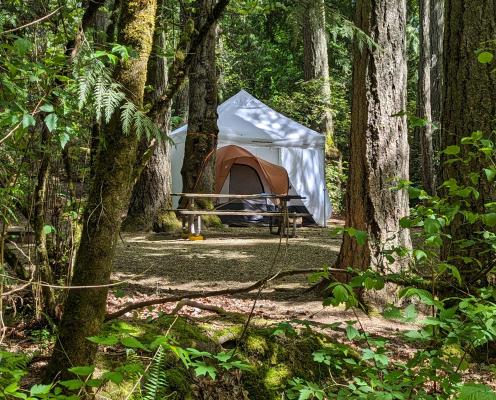
You got options
First off, you don't have to actually camp to enjoy a rainy night out! Several Washington state parks offer cabins, yurts and vacation homes - guaranteed keep you covered in all weather. RVers also have the right idea by bringing their own roof and heat.
But let's say you're all in for tenting it. Staying dry is the ultimate goal. That, and staying warm. Even with your car 10 feet away, you can still get cold and miserable.
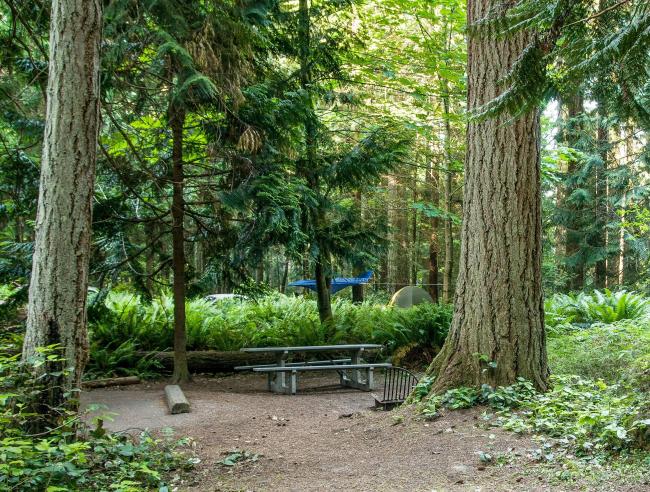
How to put down stakes in the wet season
-
Pitch your tent in a flat or rounded spot, not in a divot or concave area. Otherwise, you could wake up in a puddle.
-
Conventional wisdom says to place your tent footprint or tarp under your tent to keep ground moisture at bay. But make sure that water isn’t collecting between the footprint and tent floor. You can also put a tarp inside your tent in a downpour for extra protection from leaks and condensation.
-
String tarps between trees, or use weighted, free-standing canopies for extra shelter. This adds a living room and kitchen to your site. (Rangers recommend webbing instead of rope when hanging tarps between trees to protect their bark.)
-
We've also seen canopies pitched over tents, and the folks inside seem toasty and dry!
-
Others opt for waterproof tents on top of cars. This erases the need for a ground cover altogether.
-
If you’re using a tarp or canopy in your site’s cooking area, hang it seven to eight feet above the campfire pit or grill. Your lungs will thank you.
-
Find out whether the park has kitchen shelters, and whether those shelters have fireplaces. You may still get a campfire, even if's too wet to start one at your site.
-
Check with the park about heated bathrooms, hot showers and electricity for blow drying hair. Having wet hair overnight is no fun in November – and we're not talking frizz or bedhead!
-
Once in your tent, open the vents to prevent condensation. This may seem counterintuitive but trust us. Rain outside the tent is much better than moisture inside!
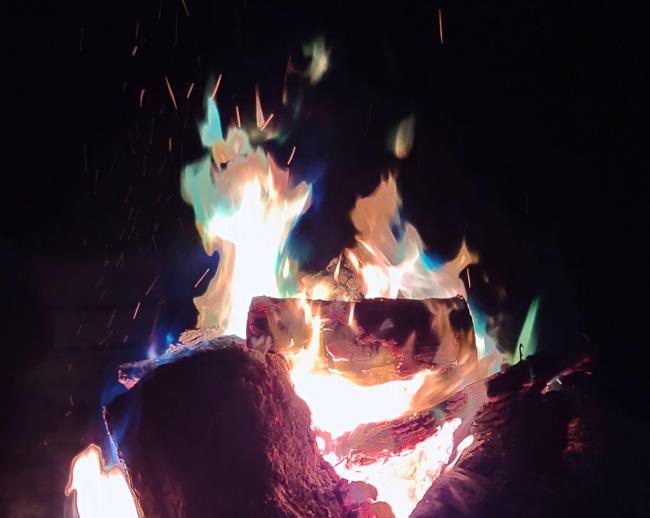
What's in the trunk of your car?
Unlike backpacking, car camping means you can bring all your gear! These are a few items Western Washingtonians swear by for rain camping success:
-
Rolls of trash bags
-
Tarps and canopies
-
Multiple sets of layered non-cotton clothing, waterproof rain jackets and pants. (Gortex is the bomb, and wool base layers stay warmish when wet.)
-
Synthetic sleeping bags and puffy jackets. Cotton and down are toasty when dry, but useless when wet.
-
Extra socks, mittens and shoes.
-
Headlamp/flashlight, extra batteries, games, books and downloaded entertainment. When it gets dark at 4:30, you'll want a few evening activities!
-
Duct tape and dryer lint soaked in Vaseline – two all-weather fire starters. (And buy firewood locally to avoid inadvertently bringing in invasive pests.)
-
Hand/foot warmers and adhesive heating pads.
-
And remember that blow dryer if the bathroom has electricity!
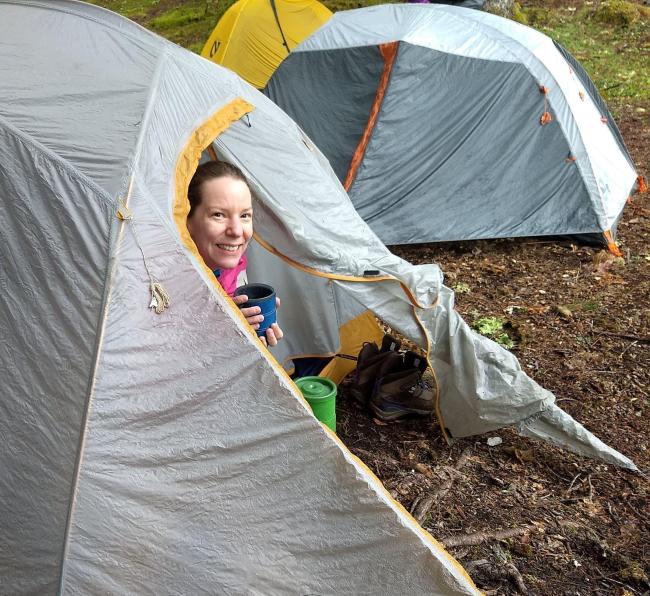
Sign up for alerts
Even the toughest park has its limits, and sometimes campgrounds close due to flooding or downed trees after storms. Check park alerts for updates, and make sure your camping spot is open!
Wild and wooly wet weather parks
Grayland Beach – Snuggle up in a yurt, your RV or a sturdy tent at this beach park south of Aberdeen and watch storm clouds roll in off the ocean!
Bogachiel – They don't call it the Olympic Peninsula rainforest for nothing! Set up your tent tarp or canopy, and take in the fairy forest of mosses, lichen, mushrooms and big trees.
Ike-Kinswa – Set in a lowland rainforest near US12, 20 miles east of I-5, Ike Kinswa gives you the option to tent camp or pile your whole crew into one of the park's reservable heated cabins.
Millersylvania – A campground and picnic shelters in a stand of old-growth near Olympia makes this the perfect place for a rain gear shakedown.
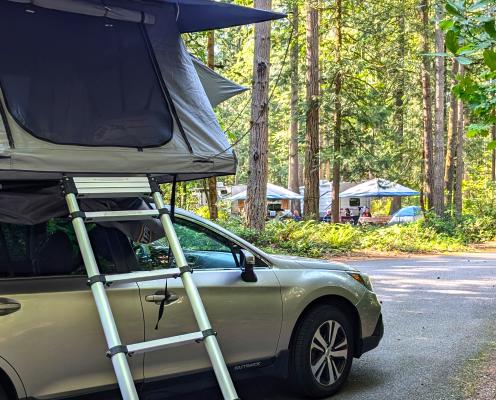
Final thoughts
Even with the best gear and hacks, prepare for some Type 2 fun – good-natured suffering with eventual bragging rights! Whether you think it’s the best thing since sliced bread, or it’s “one and done,” rain camping is an experience you'll never forget!
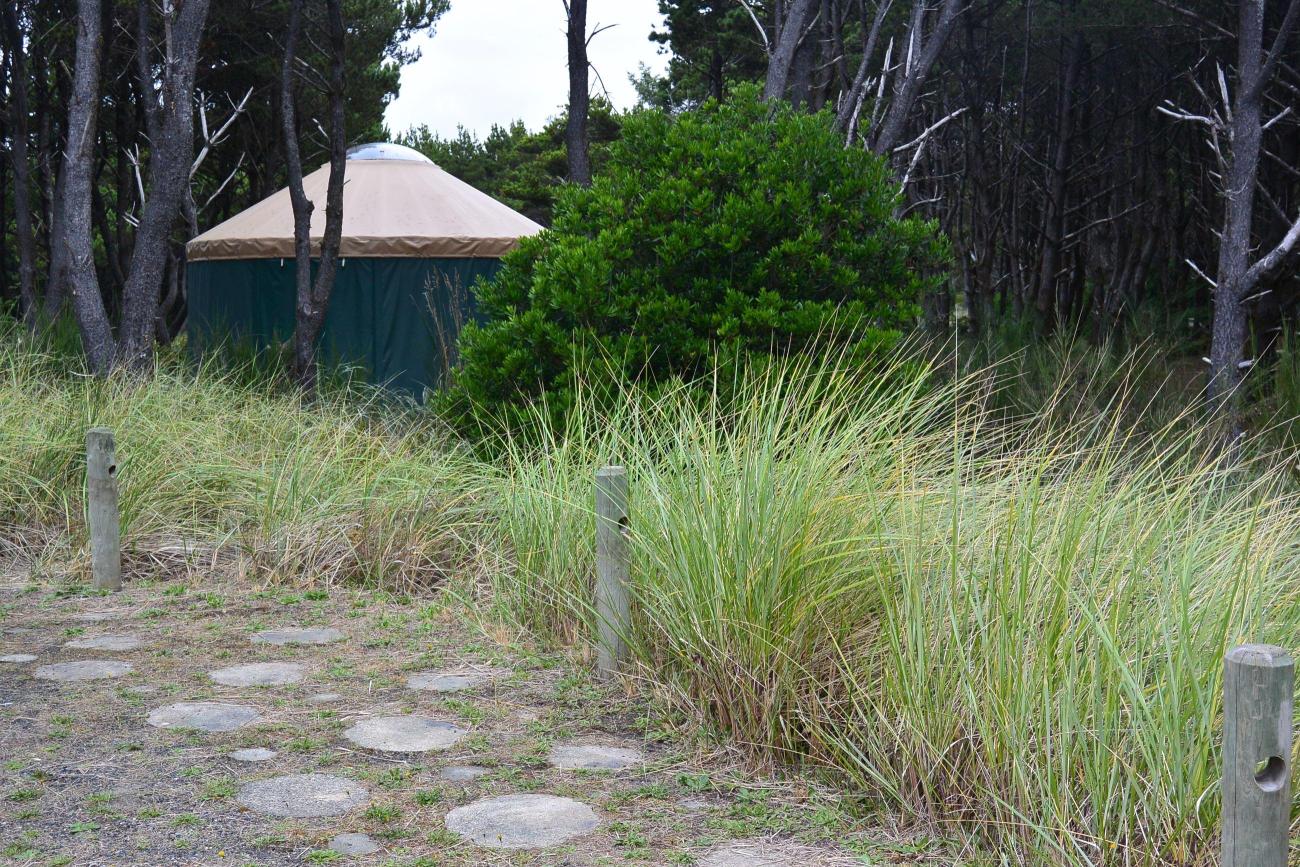
Originally published September 27, 2022

